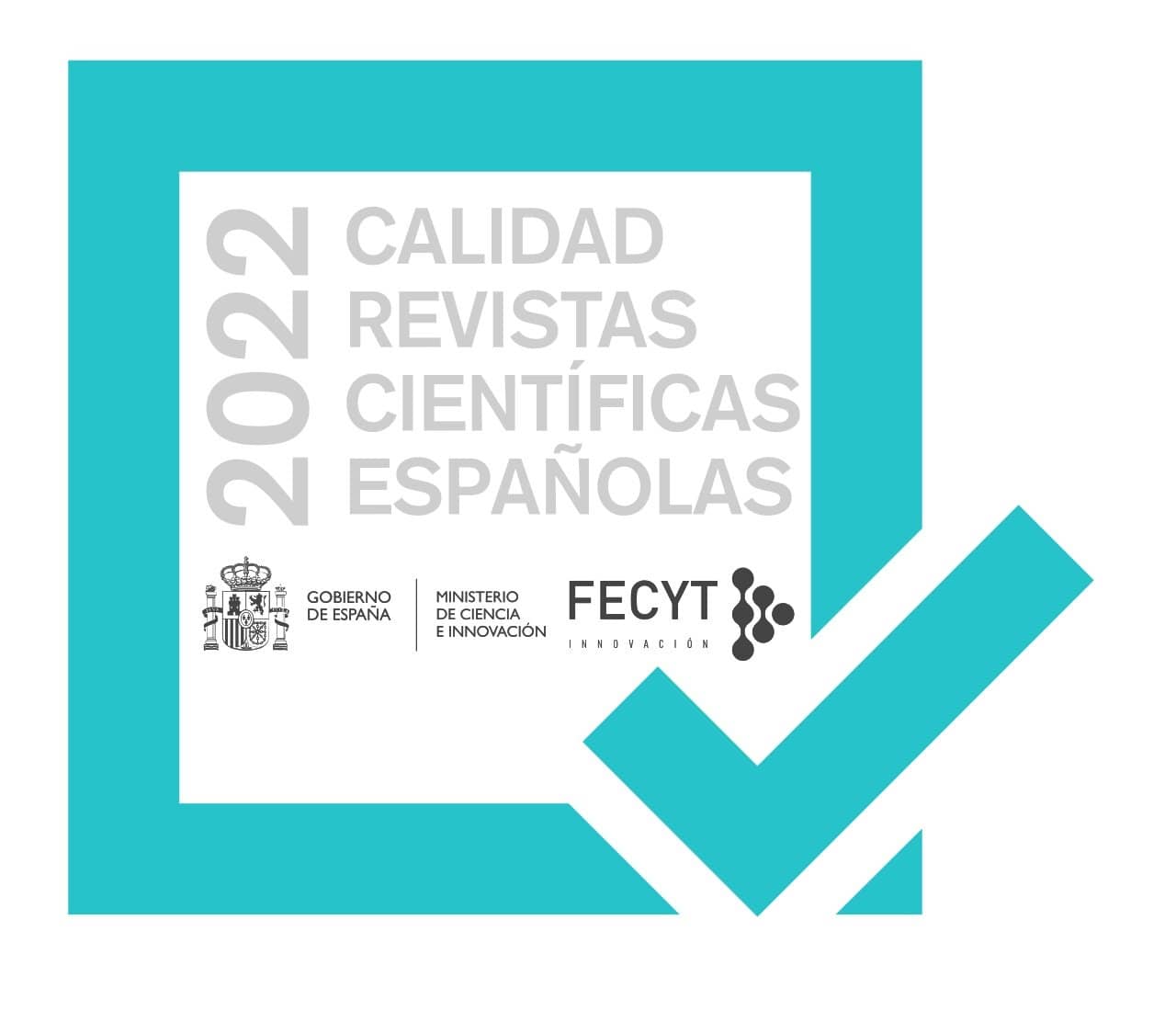NATIVE LANGUAGE INFLUENCE IN LEARNERS'. ASSESSMENT OF ENGLISH FOCUS
Abstract
Accentual focus is a frequent linguistic device in English which may also be used in Spanish but less widely and less frequently. Given this disparity, it was expected that native language influence would manifest itself in FL leamers' focus assessrnents as cornpared to native English speakers. Other factors were also expected to account of listener perceptions, such as task type and linguistic competence. Two focus domains were used to test hypotheses: utterance initial and utterance medial focus. Focus identification was tested using two tasks which differed in their cognitive demands: multiple choice and open questions. Acceptability was estirnated by asking listeners to rate utterances on a five point scale. English NL listeners displayed better focus identification rates as cornpared to FL learners. This result may be understood both as an effect of native competence advantage and also as a reflection of native language influence. Both listener groups found utterance initial focus easier to identi@ and considered it to be more acceptable than medial focus. Both groups showed worse results in the open test, which is interpreted as a consequence of this task being more demanding on listeners' explicit knowledge. These trends were much more pronounced amongst FL leamers. It is suggested that the potential ambiguity of English medial focus is partly responsible for the bias against it. Additionally, Spanish listeners results show the their NL influence in this bias as well as in the good results for initial focus and acceptability estirnations.Downloads
The works published in this journal are subject to the following terms:
1. The Publications Services at the University of Murcia (the publisher) retains the property rights (copyright) of published works, and encourages and enables the reuse of the same under the license specified in item 2.
2. The works are published in the electronic edition of the magazine under a Creative Commons Attribution Non-commercial Share Alike 4.0.
3.Conditions of self-archiving. Authors are encouraged to disseminate pre-print (draft papers prior to being assessed) and/or post-print versions (those reviewed and accepted for publication) of their papers before publication, because it encourages distribution earlier and thus leads to a possible increase in citations and circulation among the academic community.
RoMEO color: green








